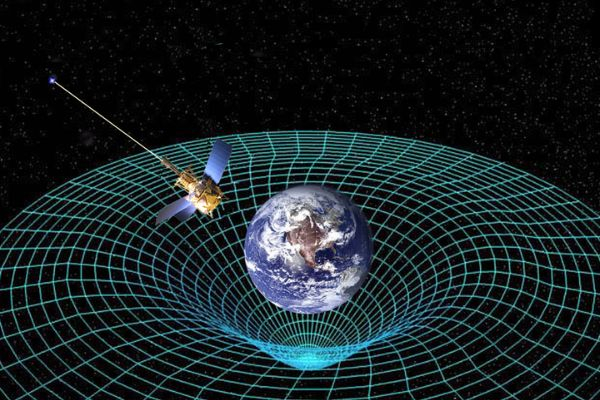He Inferred Correctly The Oblateness Of Earth’s Spheroidal Figure
The idea that Earth is not exactly round was initially advanced by Isaac Newton. He proposed that it was actually an oblate spheroid, which is a sphere that is compressed at its poles and enlarged at its equator. He was right; the distance from the center of the Earth to sea level is around 21 kilometers (13 miles) more at the equator than at the poles as a result of this bulge.
According to Sir Isaac Newton, the Earth flattens at the poles as a result of rotational forces. The centrifugal force causes the Earth to protrude at the equator as it rotates on its axis. For this reason, an ellipsoid - a sphere that is somewhat flattened at the poles - is a better representation of the Earth.
Other scientific achievements by Isaac Newton include formulating Newton's law of cooling, which states that the rate of heat loss of a body is proportional to the difference in temperatures between the body and its surroundings, and being the first to analyze the phenomenon known as Newton's rings, in which an interference pattern is created by the reflection of light between a spherical surface and an adjacent flat surface; the first analytical measurement of the speed of sound in air; the right inference that the Earth should be shaped as an oblate spheroid; and the introduction of the concept of a Newtonian fluid, a fluid whose viscosity is constant for different rates of shear and does not change with time.










